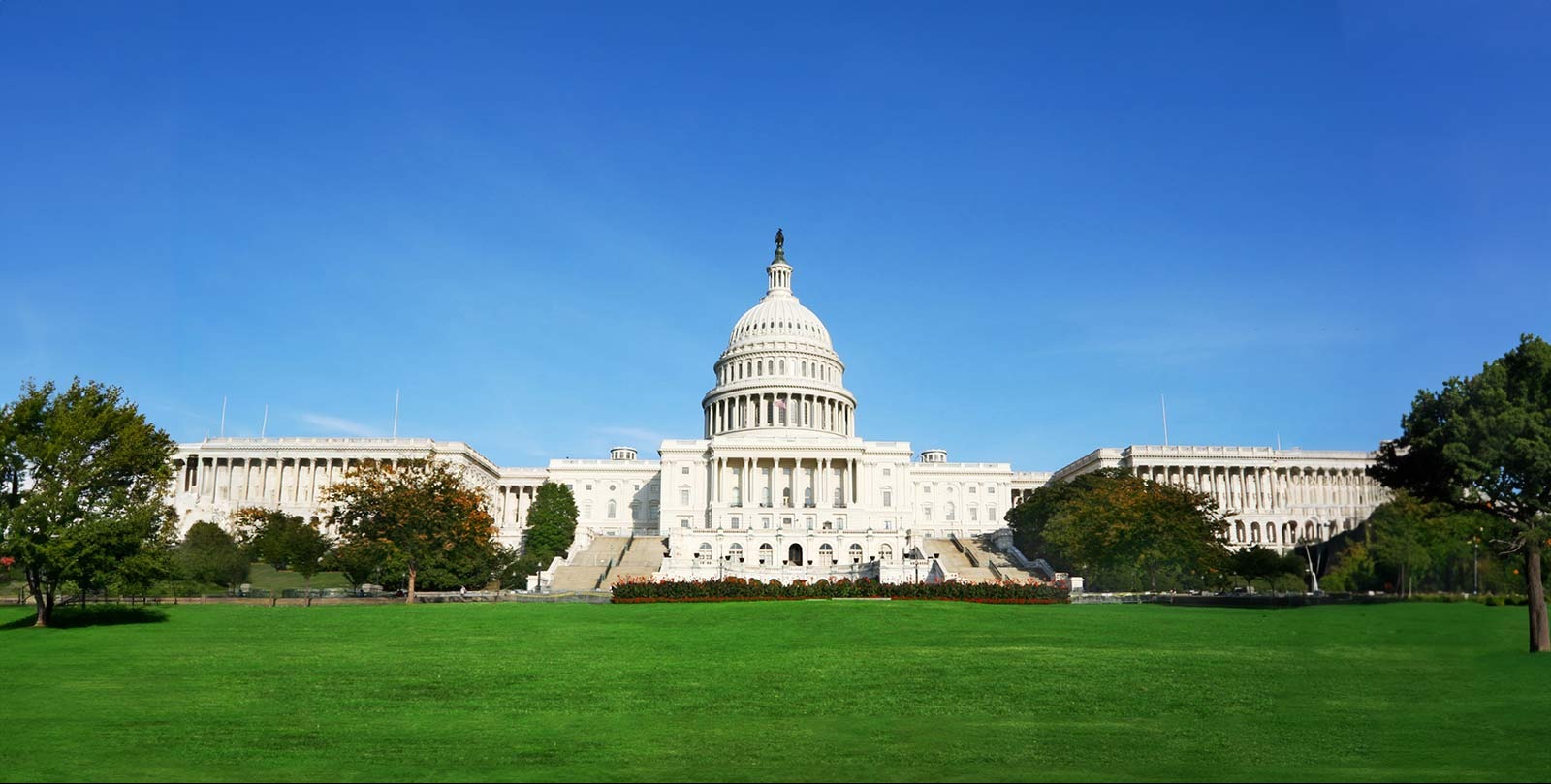What's Happening?
Senators have reached a tentative agreement to end the ongoing U.S. government shutdown, clearing a key vote with a 60-40 margin. The deal, which funds the government through January 30, includes provisions to fully fund the Supplemental Nutrition Assistance
Program and reverses attempted layoffs of federal workers. However, it does not extend expiring Affordable Care Act subsidies, marking a significant concession from Democrats. Meanwhile, an Arctic blast is affecting over 105 million Americans, bringing frigid temperatures and snow across two-thirds of the nation. The cold snap is expected to set record low temperatures in the South and has led to numerous weather advisories.
Why It's Important?
The advancement of a deal to end the government shutdown is crucial for restoring normal operations and addressing the financial uncertainties faced by federal workers and beneficiaries of government programs. The shutdown has had widespread effects, including disruptions in air travel and potential impacts on public services. The Arctic blast further complicates the situation, as severe weather conditions can exacerbate the challenges faced by communities and infrastructure. The combination of political and environmental factors highlights the need for coordinated responses to ensure public safety and economic stability.
What's Next?
The proposed deal must pass the House and receive President Trump's signature to become law and officially end the shutdown. The process may take several days, with potential political negotiations influencing the outcome. As the Arctic blast continues, affected regions will need to prepare for ongoing cold weather and potential disruptions. Authorities are likely to issue further advisories and take measures to protect vulnerable populations. The situation may prompt discussions on climate resilience and emergency preparedness in the face of extreme weather events.














